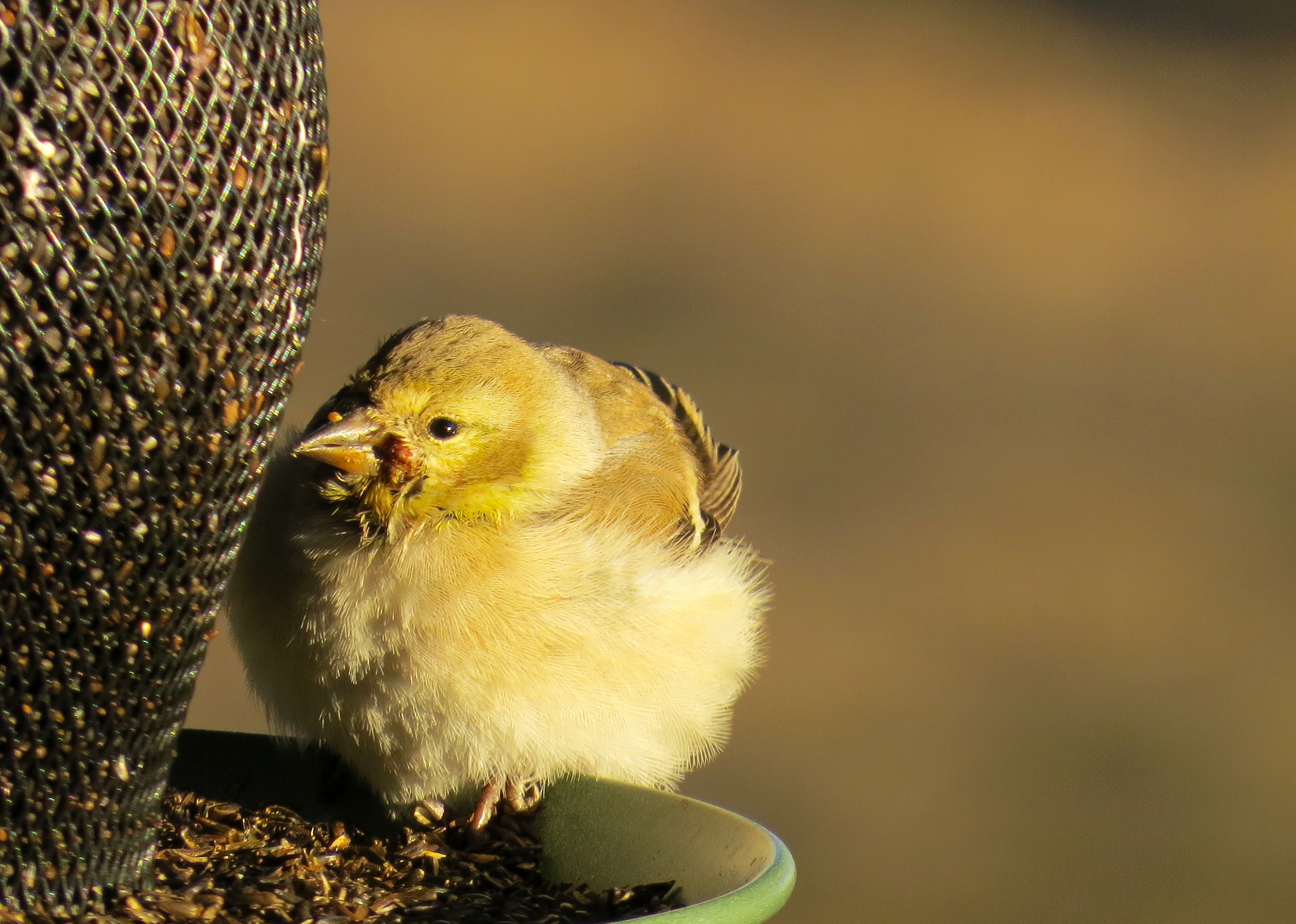We all know that neighbor that takes bird feeding to Olympic games-level extremes. With tree limbs sagging under the weight of countless feeders and a back lawn that looks like it was ripped straight from Augusta Country Club, they stand out on their back porch with arms outstretched as a myriad of birds swoop in to feed directly from their palms.
That may be a bit of an exaggeration, but you don’t need to be Snow White to attract backyard birds. Many species — including finches, chickadees, jays, nuthatches, sparrows, doves and more — may very well settle on your backyard bed and breakfast with a proper bird-feeding setup this winter.




